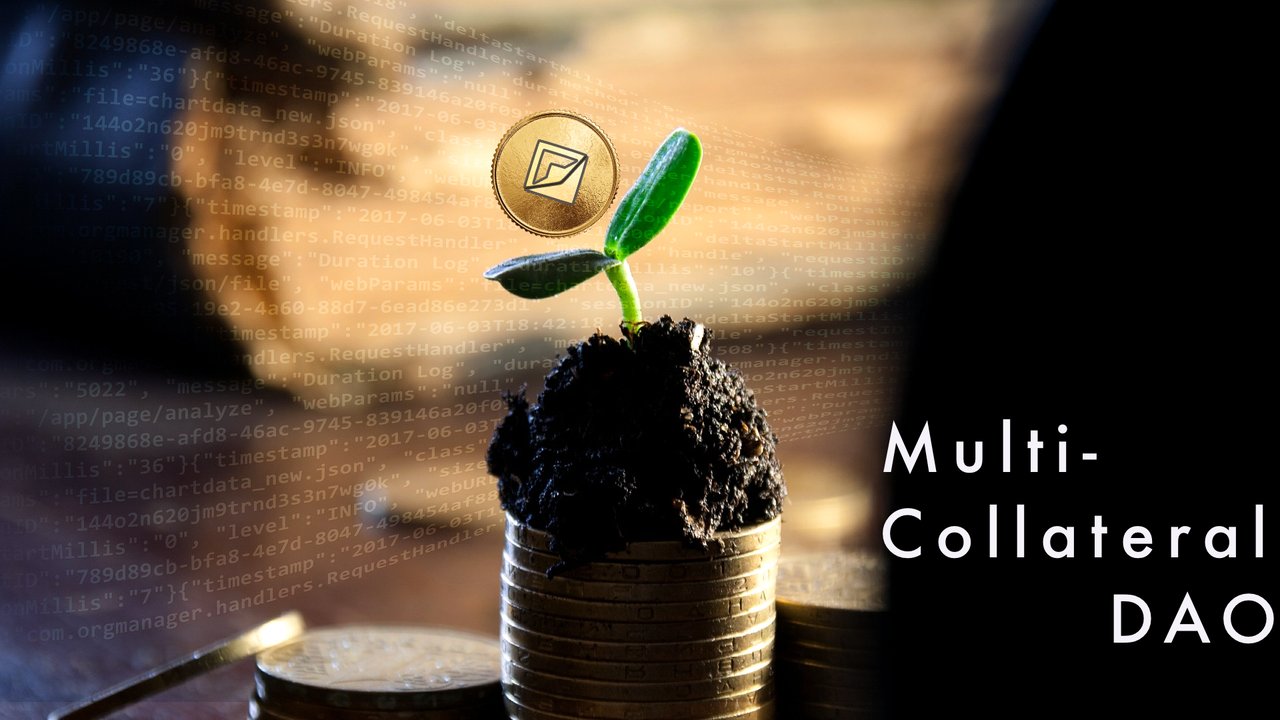I'm Making a Board Game! More Development and Playtesting

Continuing from my previous posts, in this week's blog, I want to talk about the more recent developments in the Of Duchies and Polities board game, and how it has progressed from a theory and idea crafting stage to a testing and balance stage.
Of Rules and Manuals
I was lucky enough to be able to take a programming class during high school, in which my teacher methodically walked us through basic C++ and Java. And one of the most important lessons I learned was that programming is a lot like giving very specific instructions to a very stupid person. It is setting up terms and conditions so that it would be virtually impossible to follow the directions and not get the desired results.
And so, in general, when I write down ideas, especially game ideas, I tend to write rules and instructions with that in mind. In fact, rather than writing any kind of proper “design document” or “treatment”, I usually start my ideas by writing out theoretical manuals, as if perhaps one day, someone would read it. It's also a way for me to step outside of myself and try to see the game from a new player's perspective, and whether everything in the game makes sense.
To that end, I wrote the “how to play” for Of Duchies and Polities as simply as possible. In fact, it all fits on a single page!

Note: the above is still a work in progress.
By fitting everything into a single page, and making sure that instructions are clear and easy to follow, it's made it easier in playtesting for everyone else to get into the game.
Creating Assets
While I love thinking about and writing down the rules and “how-tos” and explaining the nuances of games I've tried to create, the part I avoid most is the actual creation of the game. In other words, when it comes to concepts and theorycrafting, I tend to go all-in. But when it comes to the realizing and applying those concepts, I almost always procrastinate the most.
But in this case, with Of Duchies and Polities, I've found that making the little tokens and assets to be a joy. Partly because I'm taking old assets from other games (like the army tokens from Risk) and using them for testing. But also because I've found that templating makes everything MUCH easier.

All assets are created in Pixelmator, a Photoshop alternative.
As you can see from the picture above, every single token (for now) basically follows a similar format: an octagonal shape with some letters inside of it. These letters represent the different objects in the game, from Diplomats to Armies to Cities.
Templating allows me to create mass changes across all my tokens without needing to put in much unnecessary work. Unnecessary because the project is currently still in alpha stage development, where gameplay and mechanics are more important than aesthetics.
Playing and Testing the Game
As I created and printed out the various assets, I began to testing the game with friends and family. Overall, I found three groups that I wanted to test it with. Over time, I realized that each group was distinct in the way they played, and so I was able to test different aspects in Of Duchies and Polities.
The first was a group that didn't play board games or games in general very often. This group is ideal for making sure the game is easy to understand for new players, as well as making sure any changes would be easy to grasp. This also happens to be the group I've played the least with, and so with less exposure, it means that they are almost always coming at it from a newer or fresher perspective.
The second group is opposite the first. This group is more seasoned in playing all types of games, to the point where its members are more inclined to try to break and exploit the game in an effort to win. This group is probably the most beneficial in terms of balance, since it's inclined to find parts of the game that are completely useless or so easily exploited to the point where the game becomes unfair or un-fun. My only regret is that this group also doesn't play as much as I would like.

A super fun game on a bright, sunny morning.
The third and last group is one that is more into the role-playing aspects of gaming. Since Of Duchies and Polities currently exists in the British Isles and is focused on the Medieval Era, it's great to have a group that doesn't actively exploit the game to win, but rather to have fun. While no one has done any LARPing (yet), it's still great to have someone attempt the role of Queen Margaret (or Cersei, from Game of Thrones, as we like to call her) from the Wars of the Roses. This group has played the most, and consequently, we've had the most fun!
Hope that gave you a good look at the development for Of Duchies and Polities' so far! Next week, I plan to into more depth on the different iterations and changes that have happened! Also, I think it'd be fun to share some “war stories” that have happened in terms of gameplay in our playtests so far, so those are coming as well!
 I'm Making a Board Game! Inspiration and Development
I'm Making a Board Game! Inspiration and Development














